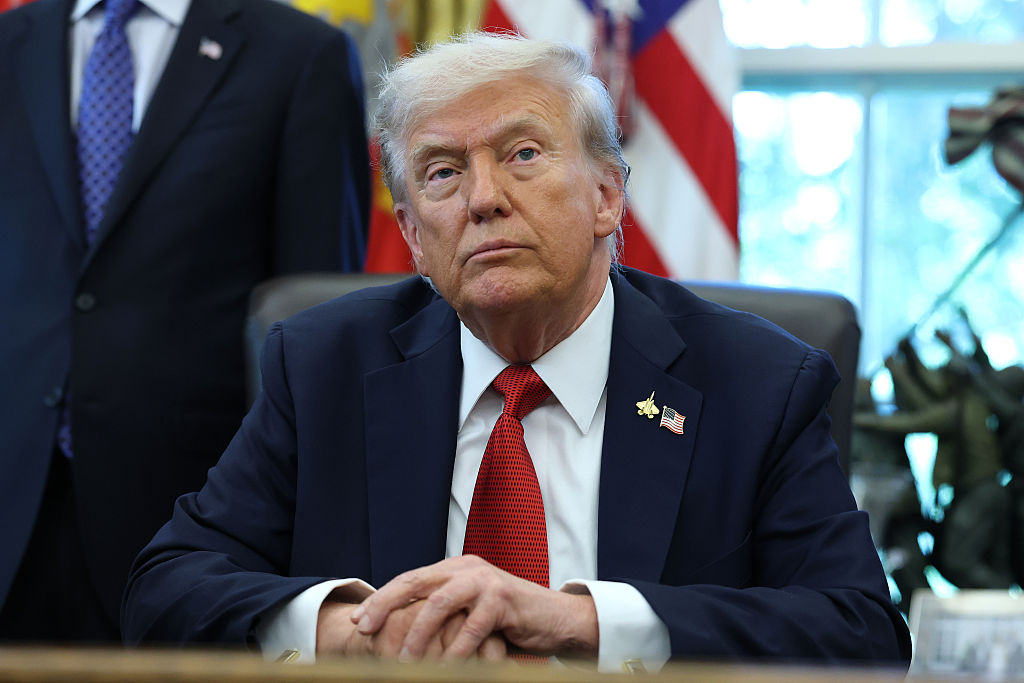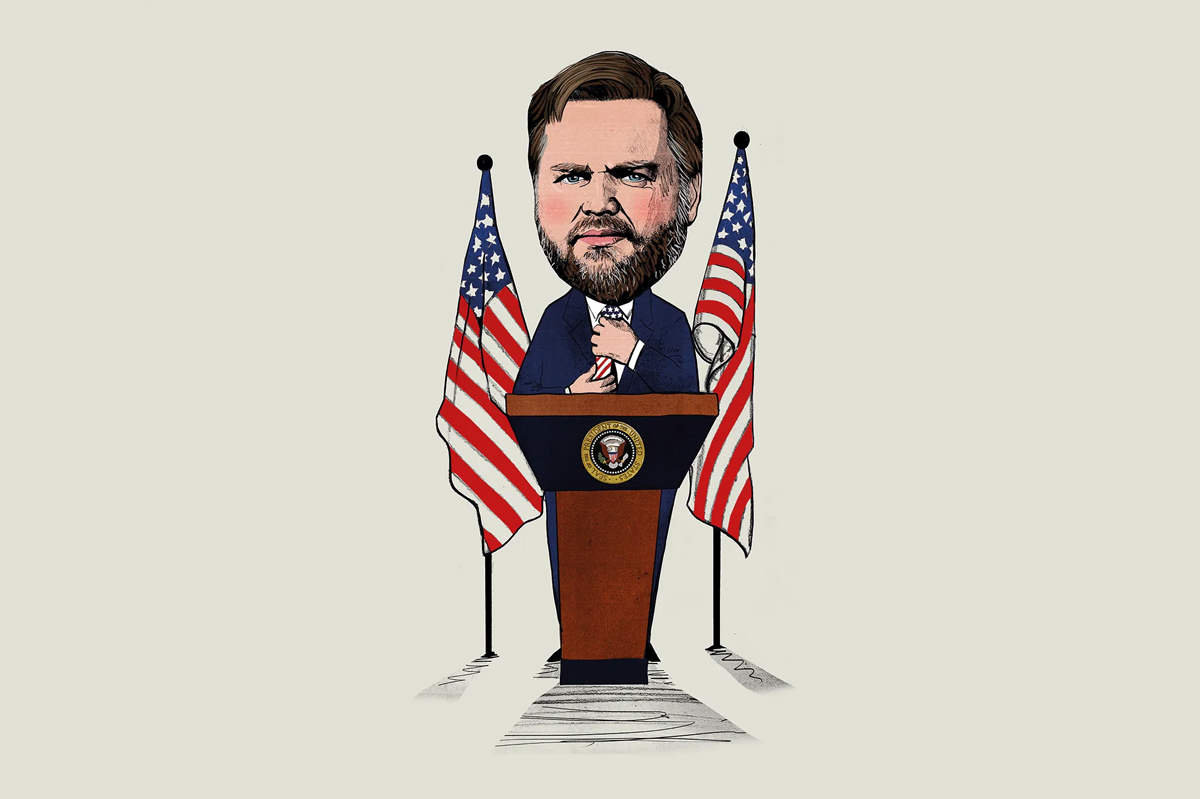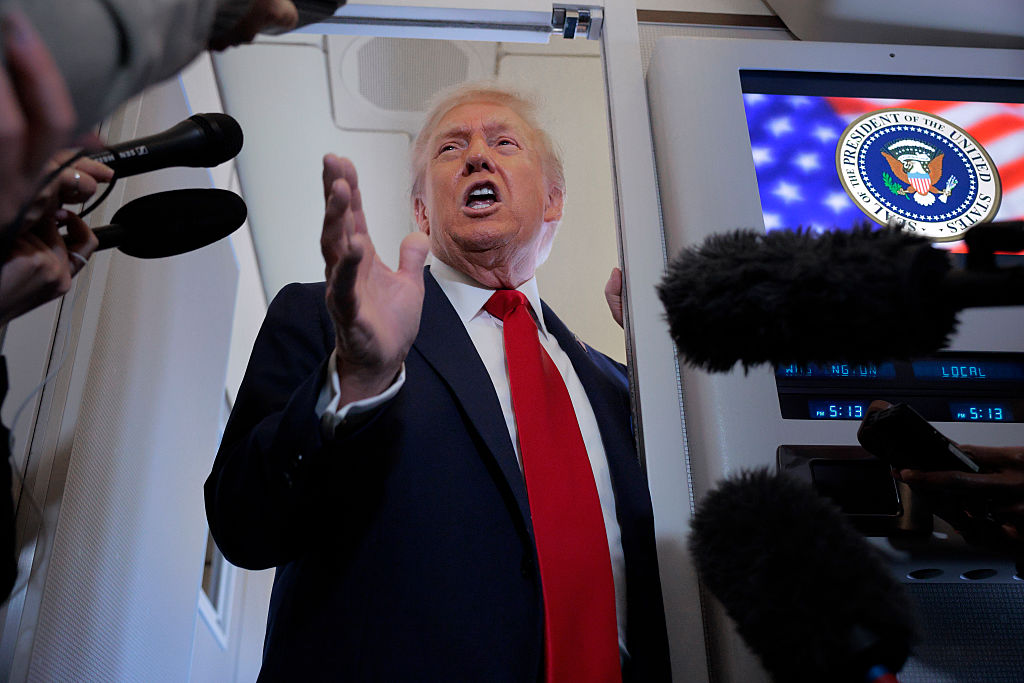As President Donald Trump trots the globe shopping for a new Air Force One and takes long-distance phone calls in a quest to end the “bloodbath” in Ukraine, a clear and present – and costly, in more ways than one – danger persists on his own country’s soil. A new, first-of-its-kind study from Avalere Health has found the annual average cost of each opioid use disorder (OUD) case in the US “is approximately $695,000 across all stakeholders analyzed.”
Per the report’s executive summary:
The costs to the federal government, state/local government, private businesses, and society are driven by lost productivity for employers ($438 billion), employees ($248 billion), and households ($73 billion). Health insurance and uninsured costs were $111 billion, criminal justice costs are $52 billion, and other substance use treatment costs are $12 billion.
The economic impact is the least of it. In the Ohio Capital Journal, Rodney Coates reports, “In 2021, more than 107,000 Americans died from overdoses – the most ever recorded – and nearly seven out of 10 deaths involved fentanyl or similar synthetic opioids. In 2022, fentanyl was killing an average of 200 people each day. And while fentanyl deaths declined slightly in 2023, nearly 75,000 Americans still died from synthetic opioids that year. In March of that year – the most recent for which full-year data on overdose deaths is available – the then-secretary of homeland security declared fentanyl to be ‘the single greatest challenge we face as a country.’”
As Elon Musk’s last official day heading the Department of Government Efficiency (DoGE) has come and gone (May 20 was his pre-ordained final day as senior advisor), the cost-cutting agency’s prominence has faded from headlines. Yet what a legacy ending billions of dollars in funding toward the tragic trend that is opioid abuse would be for the agency.
What has caused the OUD crisis? The answer, not surprisingly, is complex. It seemingly began, however, with over-prescription of painkillers in the 1990s, and according to a Council on Foreign Relations report released in March:
Since 2000, more than one million people in the United States have died of drug overdoses, the majority of which were due to opioids. Fentanyl and other synthetic opioids have been driving the crisis in recent years, with the Covid-19 pandemic exacerbating the public’s abuse of the drug. The crisis has also become a major US foreign policy issue, with most supply coming from China and Mexico.
The Trump administration has kept the crisis top of mind. During his first term as president, Trump passed an initiative “to stop opioid abuse and reduce drug supply and demand” with $6 billion allocated toward the battle. In February of this year, his administration imposed “duties to address the synthetic opioid supply chain in the People’s Republic of China,” acknowledging, “Synthetic opioid overdose is the leading cause of death for people aged 18 to 45 in the United States.”
Trump has labeled the flow of contraband drugs like fentanyl to the United States through illicit distribution networks “a national emergency.” His February order declared, “A Nation without borders is not a nation at all. I will not stand by and allow our sovereignty to be eroded, our laws to be trampled, our citizens to be endangered, or our borders to be disrespected anymore.”
The Avalere Health study concludes that, “Case counts, mortality, and the associated costs of OUD are increasing over time and remain a key issue for governments, policymakers, public-health professionals, and healthcare providers. Similar to the distribution of OUD case rates by state, the states with the highest cost per capita to state and local governments are clustered around New Hampshire, West Virginia, and Nevada.”
To lower economic and social costs of OUD, the researchers recommend a “multi-pronged approach,” including “a variety of federal and state policies” to increase behavioral therapy plus long-acting injectable (LAI) buprenorphine.
Of course, the most straightforward solution is to stem the tide of opioids and to decrease access; but for the more than 6 million Americans reported to have an opioid use disorder, there is no time for negotiations or long-distance phone calls. The cost to everyone is much too great.


























Leave a Reply